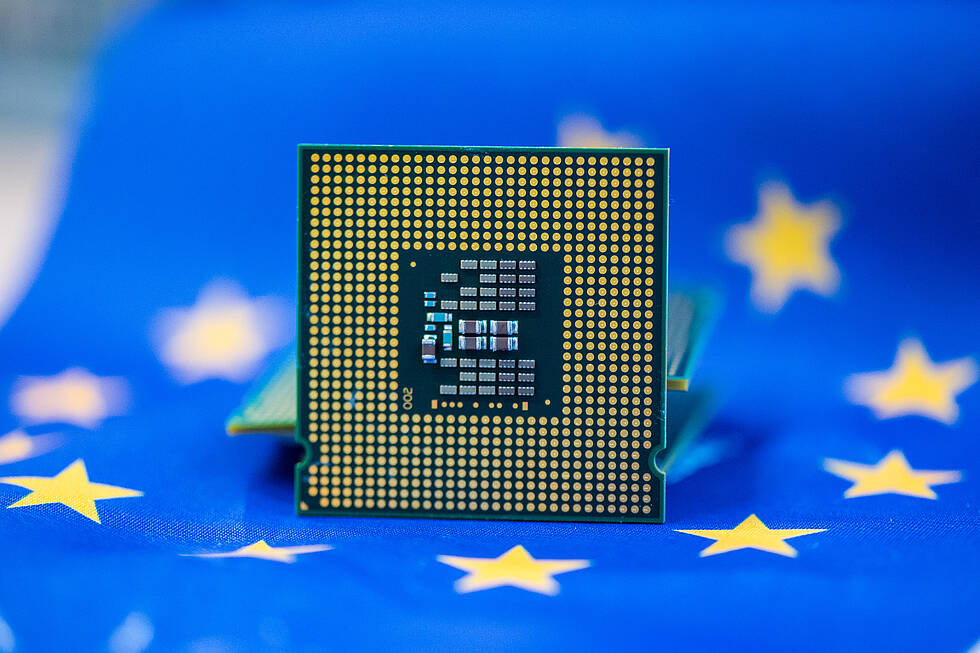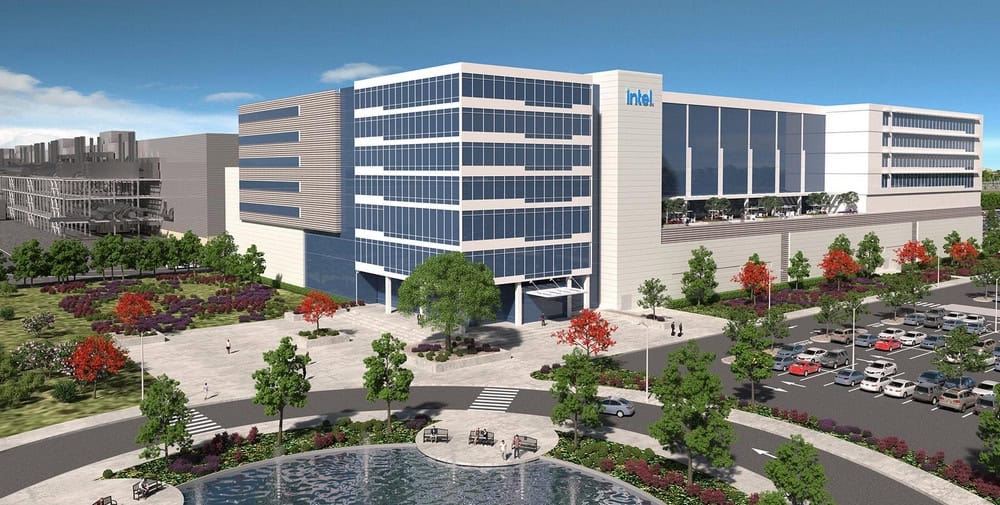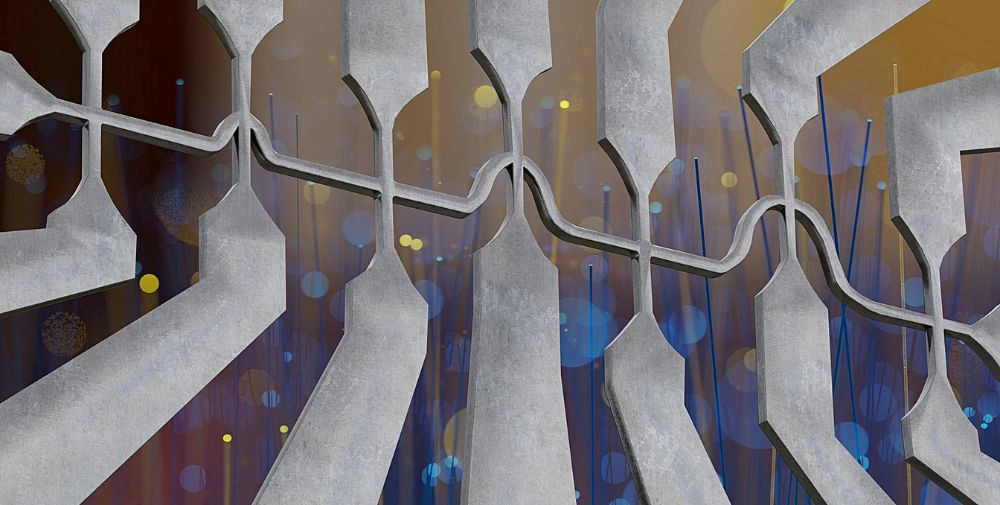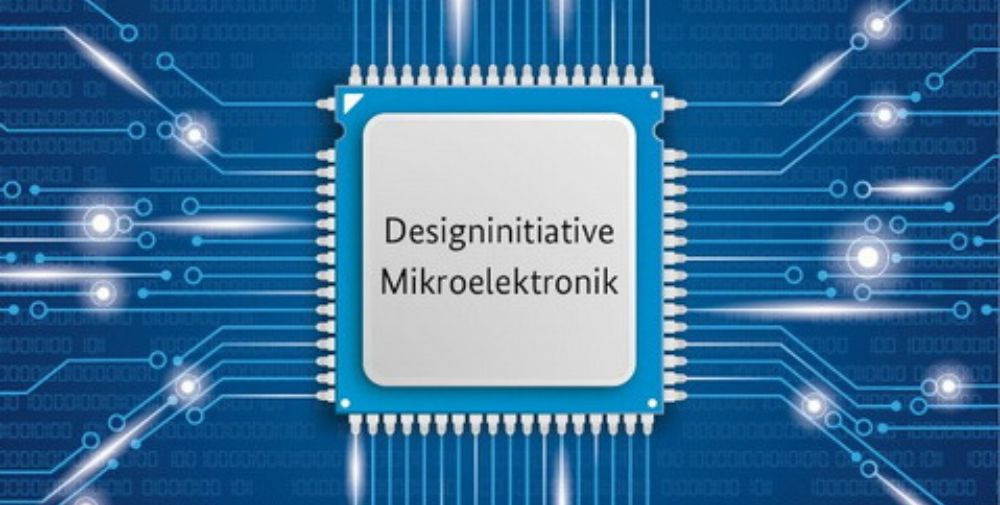Microelectronics
Saxony has a long tradition in microelectronics. At the latest since the 1960s, the first research and developments in this field have been advanced here. The area also formed the core of Silicon Saxony and still does today, the so-called Fabs of renowned companies such as Bosch, Infineon, GlobalFoundries and X-FAB were and are an important pillar for the economic success of the entire cluster or region. Smaller companies and start-ups, both from the design sector and the most important parts of the supply chain, are also active in our region and work on innovative solutions for microelectronics. Due to the close cooperation between industry, research and education, Saxony has become the most important location for the semiconductor industry, especially production in Europe. Every third chip produced in Europe comes from Saxony.
ASCENT+
ASCENT+ serves as a direct entry point to a European nanoelectronics research infrastructure of global scope, providing access to key capabilities in state-of-the-art processing, modelling and simulation datasets, metrology and characterisation, as well as devices and test structures.
SILICON EUROCLUSTER
In the Silicon Eurocluster project, we are continuing our networking with European cluster partners who are also active in the field of microelectronics or digitization. There is the possibility for small and medium-sized enterprises to obtain financing for their own projects.
Topics in the competence area
Semiconductors
Among many other topics, the production of semiconductors, not least due to the five existing “Fabs” of Bosch, Globalfoundries, Infineon, SAW Components and X-Fab, is regularly the focus of our attention. You can find a lot of information on this topic in our NEXT.
IC-Design
An important subject area in the department is also the design of chips, which we generally refer to as IC design. In addition to a working group specifically on this topic, there is, for example, a cool video on the job description and much more.
Yield
A thousand chips per wafer, hundreds of individual process steps and the customer is waiting. Where errors occur and how they can be recognised in time and, if necessary, mitigated so that in the end there is an almost 0-error rate, i.e. 100% yield, is the subject of two working groups in the department.



